We live in a remarkable time. Anyone with an internet connection or smartphone can access a staggering amount of information in just moments.
Although much of the time spent on the internet is devoted to watching cat videos on YouTube (my personal favorite), many people are using this wealth of knowledge to take their health education into their own hands. They’re investigating a host of nutrition and lifestyle options, including the paleo diet and one of the most searched diets in 2016, the keto (ketogenic) diet.
Over the past 20 years, I’ve explored variations of these two dietary approaches. I’ve found them to be remarkably effective for a variety of needs—ranging from fat loss to reducing inflammation to improving athletic performance.
Paleo Diet vs. Keto Diet
Based on questions I’ve gotten, there’s clearly a lot of confusion on what constitutes a paleo vs keto diet.
This article should help put both approaches in proper context and help you decide which might be a good option for you.
The Paleo Diet
History:
Unlike most dietary approaches the Paleo diet was not “thought up” by any given person (although there certainly have been researchers who have championed the approach).
The Paleo diet concept was born through the observations of dozens, if not hundreds, of anthropologists and medical explorers. They realized that hunter-gatherer groups were largely free of modern degenerative diseases.
Yes, these people were remarkably healthy even despite an almost complete lack of modern medical interventions.
While these groups suffered from high rates of infectious disease, injury, and childbirth complications (all areas where modern medicine excels), even those who lived into advanced age were largely free of obesity, type 2 diabetes, autoimmunity, heart disease and neurodegeneration. (This may be a bit more history than what you were looking for but I think it’s valuable to understand this dietary approach was an outgrowth of observing remarkably healthy human populations living as hunter-gatherers.)
Modern researchers and medical professionals who learned about the paleo approach asked a simple question:
“What if features of our modern world are at odds with our ancient genetics?”
If this is the case, perhaps eating in a way that better reflects our ancestors might save us from a host of modern degenerative diseases.
So, what do you eat on Paleo?
Ok, history aside, what is a paleo diet in practice? I look at this in two ways:
- What foods are generally excluded?
- What foods are included?
By exclusion the paleo diet suggests one should generally minimize or avoid: grains, legumes and dairy.
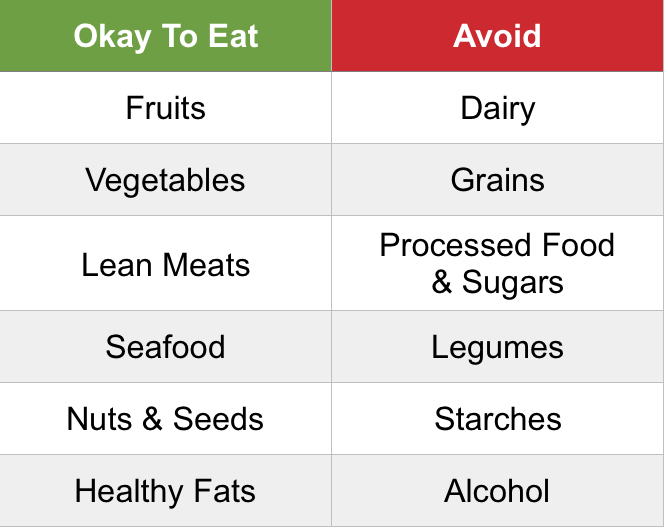
Why? Because these foods are “evolutionarily novel.” This means they’re relatively new to our species and therefore may present problems for some people.
This makes sense if you think about the most common allergens, they generally fit into the grains and dairy category. For example, I do not do well with most grains, especially ones containing gluten, like wheat.
All of this is highly individual, but many people find they feel, look, and perform better when eliminating at least some of these foods.
A limitation of this perspective is there HAS been genetic adaptation to the consumption of some of these foods in various populations. Additionally, there are examples of populations who are remarkably healthy who consume any or all of these foods.
Perhaps the one consistency is general health begins to decline when highly processed foods (sugar, refined grains, seed oils) displace traditional diets.
By inclusion this means the diet is comprised of lean meats, seafood, fruits, vegetables, roots, shoots, tubers, nuts, and seeds.
The scientific literature on the paleo diet is impressive, but honestly the cultural evolution of the “paleo diet” has been a bit painful for me. As helpful as this template has been for helping to address modern disease, the personal inquiry into the paleo diet has largely devolved to asking the following question “Is this food/activity paleo?”
This has created an almost religious process for many people instead of one of critical self-discovery.
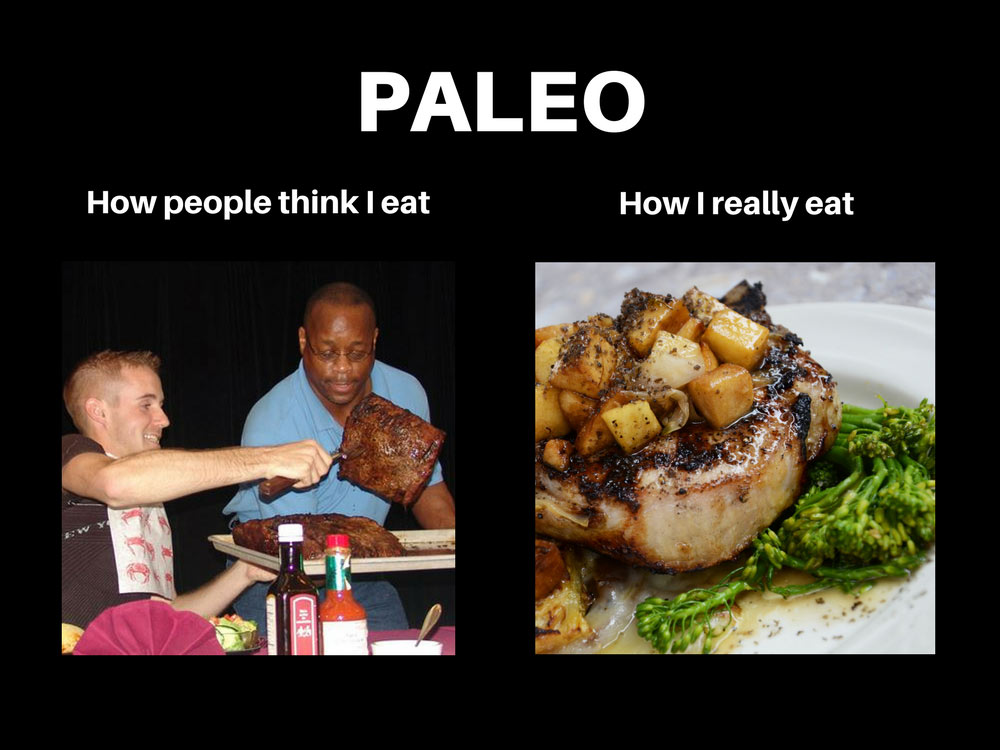
A paleo diet can mean quite a few things for protein, fat, and carb percentages.
It’s been documented that cultures like the Inuit eat a high fat, low carb diet (perhaps 90% of calories coming from animal products) while the Kitavans consume a diet north of 70% carbohydrate. Both populations are quite healthy, at least until they displace their traditional diet with modern refined foods.
It’s my strong belief that a paleo diet should focus on food quality and generally be “macronutrient agnostic.”
In other words: focus on nutrient dense foods (while avoiding or minimizing immunogenic foods which lead to allergies and intolerances) and “tinker” to find the protein, fat, and carbohydrate levels that work best for you.
Also, it should be clear that these needs likely change over time based on activity level, stress, and a host of factors. Ideally, you don’t tackle diet as being set in stone, but rather a flexible way to continue to optimize your health with nutrition.
The ketogenic diet
History:
If you’re interested in an exhausting history of the ketogenic diet, check out this 3-part series by Travis Christopherson.
The long-story-short version is that researchers in the early 1900’s noticed that patients with severe epilepsy had remarkably fewer seizures when they were fasting.
What? Why? How? When fasting we deplete liver glycogen (a stored carbohydrate) and the body tends to shift into a state of ketosis. In this state ketone bodies (produced from fat) are used in place of glucose for most energy needs, but in particular by the brain.
Your brain can shift nearly ⅔ of its normal glucose dependent metabolism to one fueled by ketones which provide a much more stable energy source.
So, although fasting proved to be a remarkably effective tool against epilepsy (in a time when there were no pharmaceutical options) one can only fast for so long.
Generally what people ate kicked them out of the ketogenic state, causing the seizures to start again. So how do you solve this ‘starving with no seizures’ vs ‘fed with seizures’ situation? A diet that mimicked many of the features of fasting.
By dramatically reducing carbohydrates, increasing fat, and keeping protein at moderate levels one could enter a state of “nutritional ketosis” which could be adhered to long term.
Although the ketogenic diet was born of a need to help epilepsy, many people observed that low carb diets were exceptionally effective for fat loss. Names like Banting, Atkins, and others have popped up over the years, offering both effective weight loss strategies and controversy.
A low carb, high fat diet has generally contradicted the recommendations of many health authorities and governmental agencies.
On top of all this, recently the ketogenic diet has been studied as a therapy for conditions ranging from type 2 diabetes to cancer and even performance enhancements in endurance athletes.
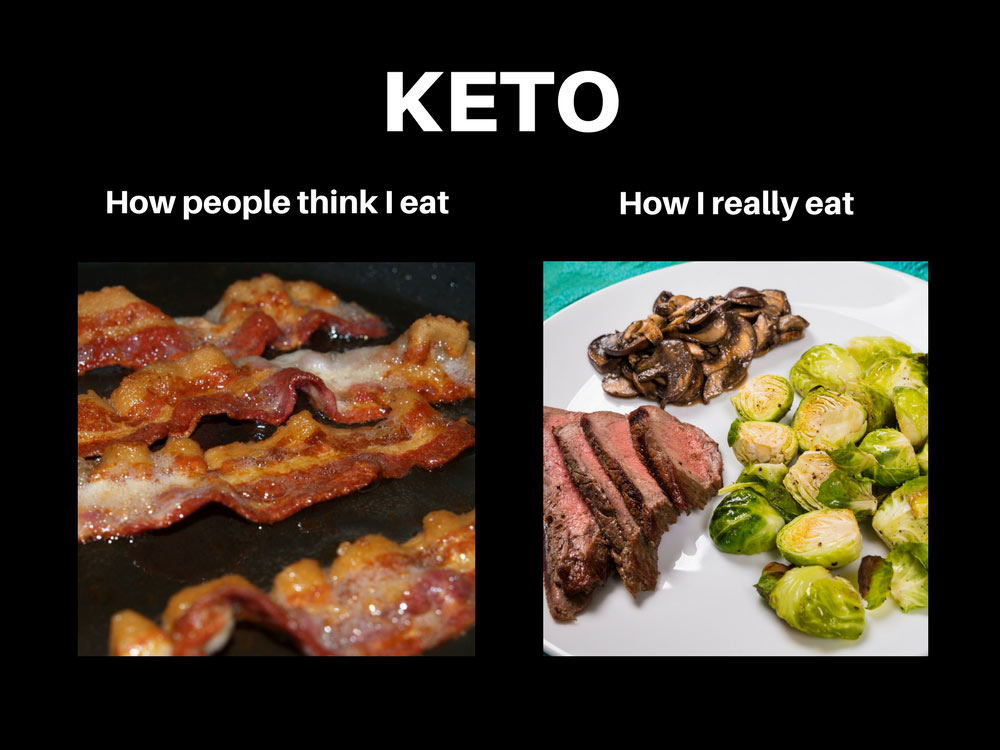
So, what do you eat on Keto?
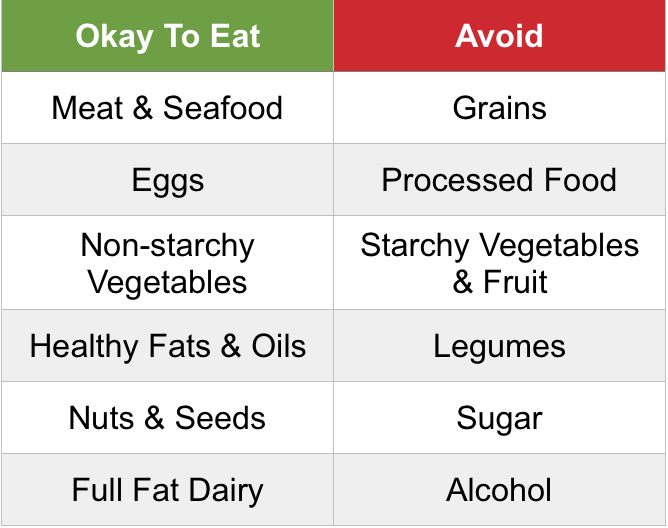
The most fundamental part of the ketogenic diet focuses on carbohydrate restriction—we’re talking 20-30g of effective carbohydrates per day (composed ideally of low glycemic load, nutrient dense vegetables). One then makes sure to get adequate protein, and then add fat based on needs and goals.
If your goal is to lose bodyfat, your M.O. is “fat for flavor” but not overdo fat as one can in fact overeat fat on this plan.
On the opposite end of the keto diet spectrum, if you’re a keto-adapted athlete who is training many hours per week, you may eat as much as 70-80% of your calories from fat.
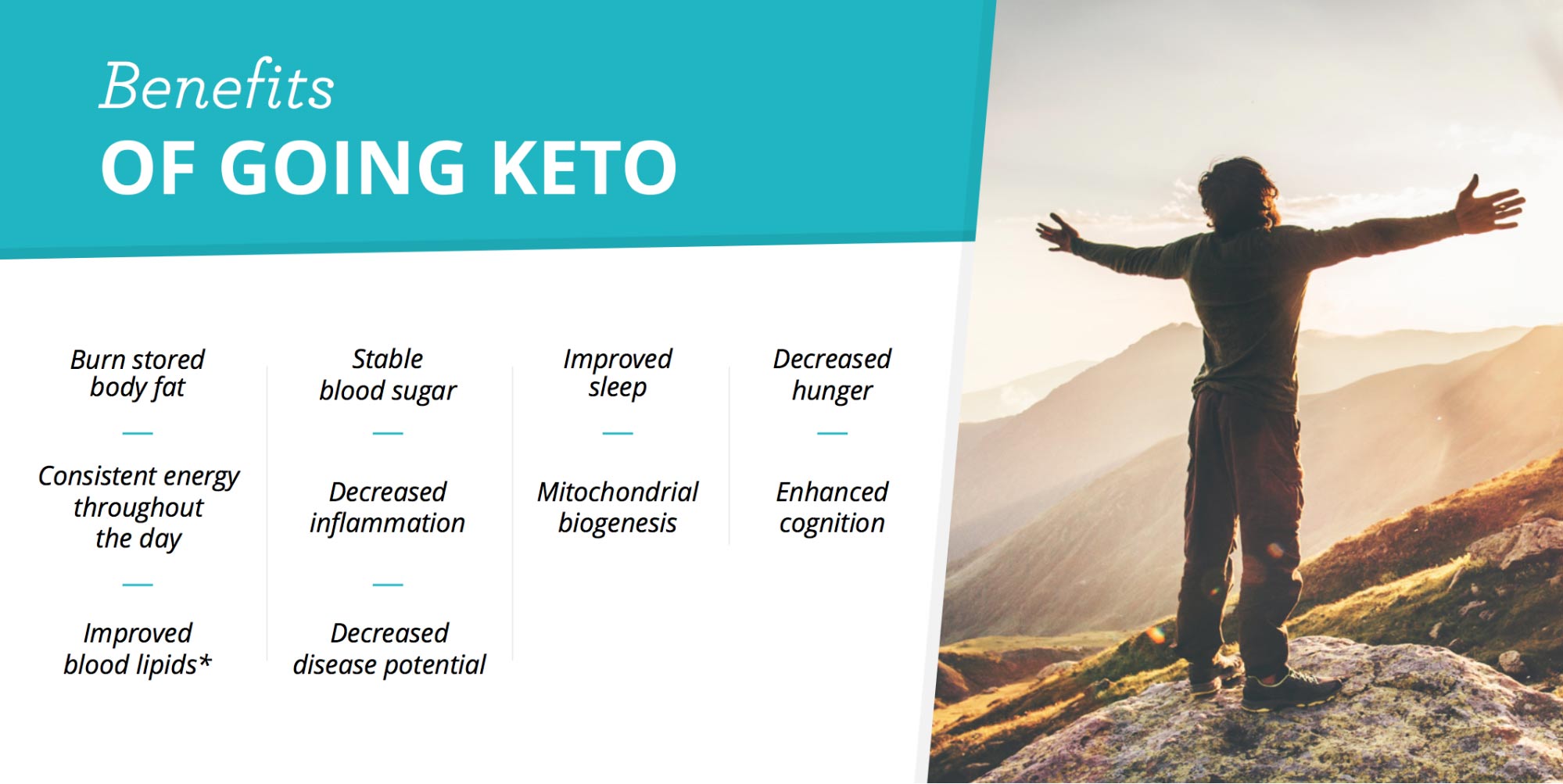
Take Aways
Alright, that was a lot in a little text. So, what does it all mean? Keep these things in mind as you continue to explore or embark on a new way of eating:
- Regardless of the dietary approach (paleo, keto, vegan etc.) your #1 focus is eating whole, unprocessed foods with an eye towards nutrient density.
- You could easily eat a paleo diet with ketogenic ratios—and many people do! It helps guide you to eat with optimal nutrient density.
- As powerful as both a paleo and keto diet may be, they are tools and as such are best used to address specific needs. No need to try and turn them into one-size-fits-all solutions.
- Although I’m tightly associated with the paleo diet concept, I’ve found the overarching message to be as problematic as it is helpful. I’ve opted for the following process:
- Assess an individual for carbohydrate tolerance and set daily carb intake to support this situation.
- Recommend an elimination of the commonly immunogenic foods (typically grains, legumes, and dairy). Folks remove these foods for 30 days, reintroduce and assess for things like mental clarity, physical performance, sleep quality, and ability to go extended periods between meals without suffering cognitive impairment or performance problems.
I hope this helps you better understand what the paleo and ketogenic diets are (and are not) and how they can work together (or not).
While this is a fairly lengthy article, it’s really just scratching the surface of what a ketogenic diet is.
Keto can be such an effective tool for losing loads of body fat, having more energy and more mental clarity, or even just as a good ‘reset’ every few months.
I believe so strongly in the benefits of the keto diet that I wanted to help others get into ketosis—the right way.
While there’s a ton of information out there on keto (and so much of it conflicting…), I wanted you to be able to do it easily, without stress, and wasting time in the confusing rabbit holes online. So I created the Keto Masterclass.
Keto Masterclass is a 45-day program that walks you step-by-step through everything you need to get started and get results with keto.
Not sure if you should go keto? Take this quiz and find out if the keto diet is the right fit for you.

